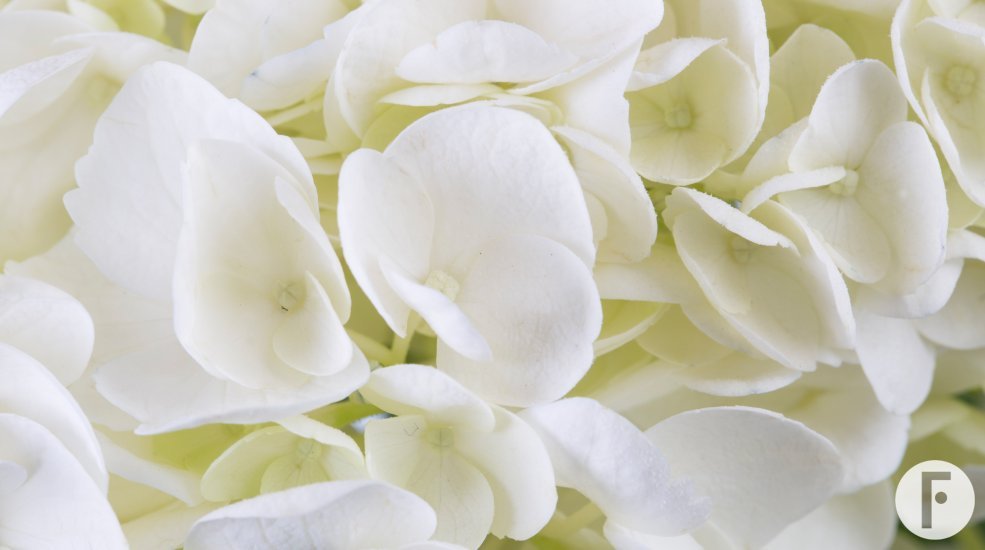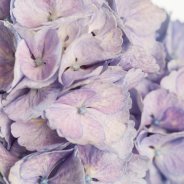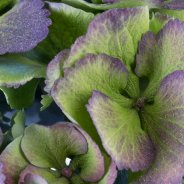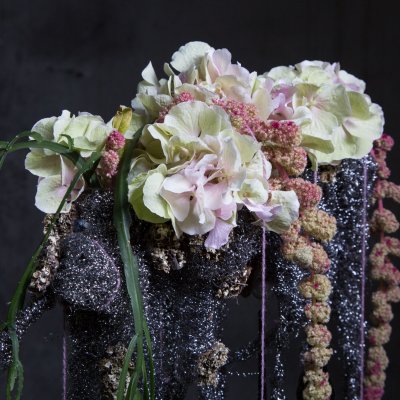Hydrangea
With a flower that can reach 25 centimetres in diameter, the Hydrangea is a tremendous eye catcher! The changing colours of its flowers make the Hydrangea extra special. In the course of the season, the flowers acquire a green tint in combination with their original colour. Hydrangeas, which are cut during this period, have longer vase lives.
The fascinating form of the Hydrangea is reminiscent of an ancient water jug – at least that is what the botanist Gronovius thought in 1739. He combined the words ‘hydro’ (=water) and ‘angeion’ to give Hydrangea its name. At the time Gronovius was thrilled by this ‘new’ plant; new to Europe in any case. It was 1735 when the first Hydrangeas appeared in these countries. This was actually pretty late as Hydrangeas had already been in use in Chinese and Japanese gardens for centuries. In fact Hydrangea is even older than that. Research into fossil residues has shown us that the Hydrangea existed as long as 140 million years ago!
Mistress Hortense
The name ‘hortensia’ (one of the common names of the Hydrangea) was first reported in 1771. It was thought up by the French botanist Philibert Commerson and there is a suspicion that it was named after a woman, either his mistress or one of his friends who was a well-known astronomer. Some high born ladies were also suggested as his source of inspiration. These included Queen Hortense, the daughter of Josephine de Beauharnais and Napoleon and Hortense de Nassau, the daughter of the Prince of Nassau. The truth about the inspiration for the name will always remain shrouded in mystery.






